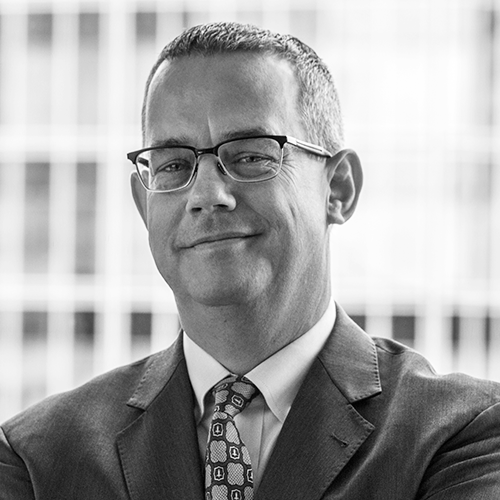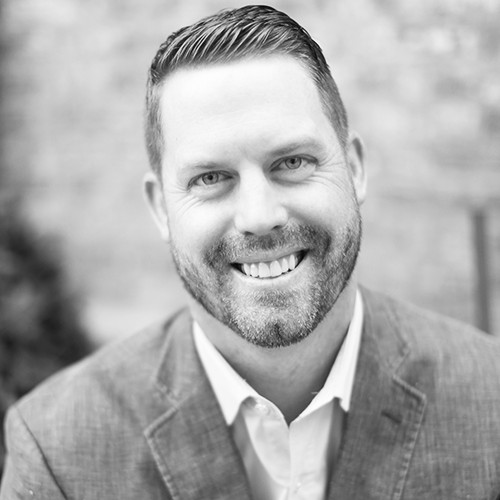Paris-based Essilor International is a $6 billion company that includes internationally recognized brands such as Crizal, Varilux, Transitions, and Xperio, as well as an intellectual property portfolio that includes more than 7,000 global patents and patent applications, more than 7,000 global trademarks and trademark applications, and numerous proprietary processes related to optical lens manufacturing. However, the company had no legal presence in the United States until Tara Clothier assumed the role of US IP Counsel at Essilor’s US headquarters in Dallas in 2013.
Among other responsibilities, she was asked by the company’s global head of IP to identify short- and long-term regional IP needs, propose solutions, and build a US IP team.
When she rolled up her sleeves and dove in, Clothier found a general lack of awareness of the importance of IP to the business and misunderstandings about the threshold for patent inventorship and the impact of corporate communications on US patent litigation. The differences between European and US concepts of attorney-client privilege weren’t clearly understood, and both invention disclosure drafting and the invention submission process were not clear for some departments. Differences in language, time zones, culture, and the lack of local counsel had also created hurdles to efficient communication between the company’s French counsel and US R&D and global engineering resources in Dallas and Dudley, Massachusetts. By creating her team, Clothier began to turn all of that around.
“The US IP presence provided a fresh perspective to the French legal team and the businesses worldwide,” she says. “That launched our efforts to educate executives and business leaders on US IP laws.”
Clothier began providing regular IP awareness sessions to various Essilor departments, subsidiaries, and affiliates of the Essilor Group. An outgrowth of those activities are continued formal IP training sessions for R&D, marketing, global engineering, sales, and individual subsidiaries throughout the United States, covering IP and patent basics.
Prior to the establishment of the US-based IP team, Essilor’s global IP department lacked visibility into the IP activities of subsidiaries and affiliates. Clothier helped to establish a system that now gathers annual IP portfolio updates from key subsidiaries. It also provides working guidelines that identify key IP personnel, their responsibilities, and what issues and information (e.g. new patent and trademark applications filed, new products to be launched, IP license activities, and details concerning IP litigation) should be directed to them.
In addition to providing the parent company’s IP team with an overview of patent-related activities worldwide, the US team raised IP awareness to a level where businesses now understand details such as when nondisclosure agreements need to be executed and when and how attorney-client privilege comes into play. Clothier is also much more involved in providing counsel on various contracts.
“Many people used to think IP counsel only handles patent applications and issues with R&D and engineering staff,” she says.
“As the businesspeople have gotten more familiar with us and we have gotten more involved in and knowledgeable about their operations, they understand the importance of IP and the value it brings to achieving their objectives.”
Due, in part, to Clothier identifying a preexisting innovation backlog and further refinement of forms and procedures by her French colleagues, all of these improvements have shown tangible results. For example, in a twelve-month period, global engineering patent filings with at least one US inventor more than doubled. Subsidiaries that had no filings in recent years are now filing anywhere from two to fifteen applications per year.
“With the changes we made—combined with a remuneration program put into place by the global head of IP—inventors are now motivated and excited about the IP process,” Clothier says.
A Seat At the M&A Table
Growth by acquisition is a key component of Essilor’s business strategy. As Clothier’s team gained acceptance and raised awareness throughout the rest of the company, its US IP lawyers have been made a part of the acquisition committee that meets regularly to assess potential target companies and the status of transactions and negotiations that are in progress.
IP assessments can include valuation of a target company’s IP portfolio, whether proper patents or freedom-to-operate designations are in place, and contract or inventor issues—all of which can have significant impact on critical M&A decisions. These range from the final price of an acquisition to whether a company that has IP “red flags” is worth pursuing.
“Our job is to make sure everyone fully understands a target company’s IP portfolio and related issues,” Clothier says. “Our due diligence also provides insight into how much oversight may be required to incorporate those acquired assets into our own processes and systems.”
Having led so many improvements to Essilor’s IP teams and processes, Clothier admits that her ability to build productive and trusting relationships has contributed to her successes. However, with additional goals to further streamline the practice, continue internal education, and implement web-based support systems, she says the credit doesn’t just belong to her.
“You can’t make these kinds of changes without teamwork and a willingness to participate from all the different departments and businesses,” Clothier says. “I’ve also had a manager who’s been very supportive, so I can’t take all the credit. I just got the ball rolling.”


